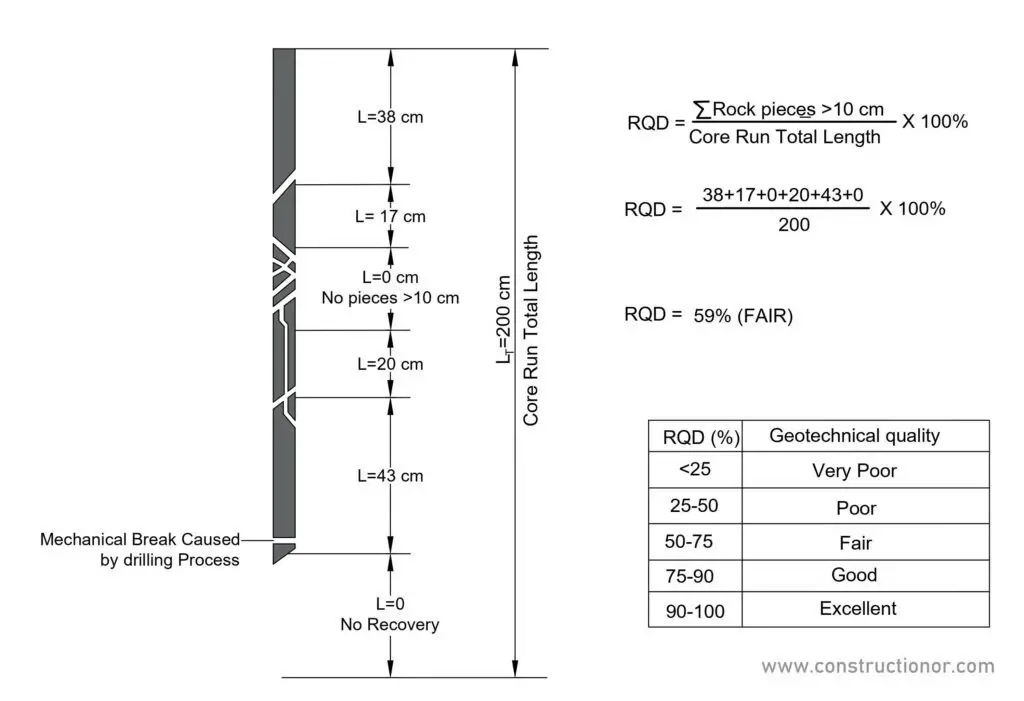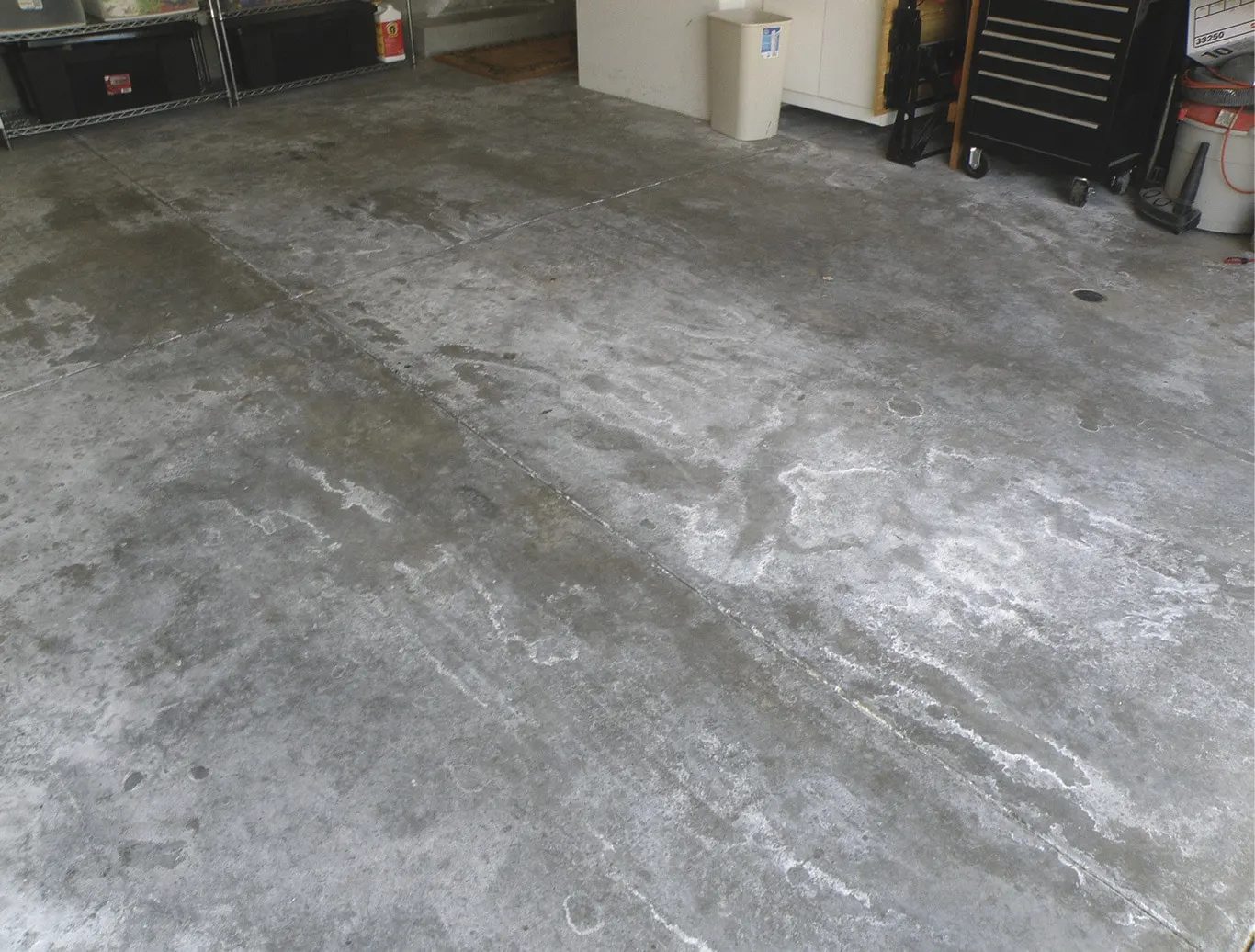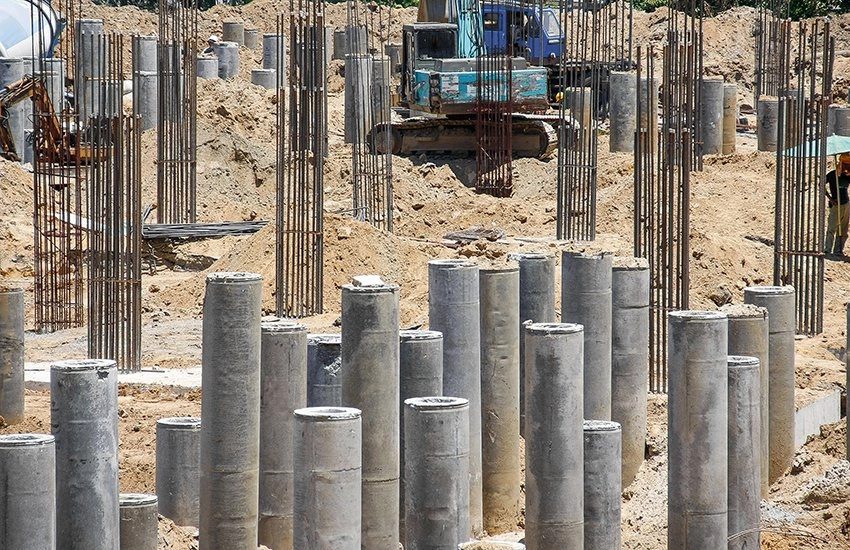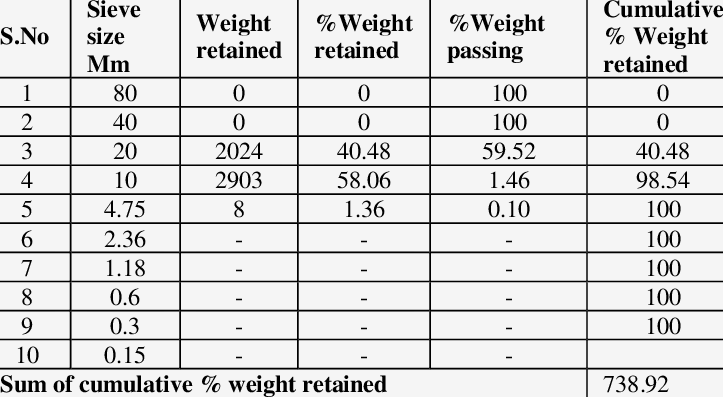Well foundations are a type of deep foundation that is generally provided below the water level for bridges; caissons or wells have been used for foundations of bridges and other structures since Roman and Mughal times because it is more desirable when the foundation is subjected to large lateral forces.
The construction principles of the effective foundation are much like conventional wells sunk for underground water.
The foundation has been used in India for hundreds of years, i.e. the well-known Taj Mahal in Agra stands on well foundation.
The main difference between a well and a pile foundation:
- The pile is versatile like a beam under horizontal load.
- The well undergoes rigorous body movement below such load.
Types of well foundation:
Open caisson or well: The top and bottom of the caisson are open throughout construction, it can have any shape in its plan.
Box Caisson: It is open on the top, however, close on the bottom.
Pneumatic caisson: It consists of a working chamber at the bottom of the caisson, which is kept dry underwater under pressure thus allowing excavation under dry circumstances.
Components of Well foundations:
Well Cap:
It is an R.C.C. slab laid on top of the effective steining and increasing at least 15 cm all around.
It transmits a load of superstructure to steining uniformly.
Sand filling:
This is a drainable material between the top and bottom plug.
It reduces tensile stress produced by bending moment and distributes a load of the superstructure on the bottom plug.
Steining:
It is the main body of well foundation, which transmits the load to sub-soil.
It acts as a cofferdam for provides weight for sinking.
Curb:
This is the decrease wedge-shaped portion of well steining.
It is operate to facilitate the portion of sinking.
Cutting edge:
The lowermost portion of the well curb is leading edge.
It is operate to cut the soil throughout the sinking.
Bottom plug:
After the well is sunk to the required depth, the bottom of the well is plugged with concrete known as a bottom plug.
It is operated to transmit the load to the subsoil.
Top plug:
It is a concrete plug covering the sand filling normally constructed on top.
It offers contact between the well cap and sand filling.
Forces Acting on Well Foundation:
Dead load:
This load consists of the weight of the superstructure (pier/abutment) + self-weight of well.
Live load:
This load is the tractive effect of automobiles on bridges and roads, people, furniture flooring, and different materials.
Impact Weight:
Impact load is the result of dwell load, only a pier cap and bridge seat will likely be considered throughout the design of the seat.
However, different parts of the well impact will likely be neglected.
Wind load:
The wind load will likely be seen only within the altitude zone so it acts subsequently on the bridge.
Water pressure:
The water pressure because of the flow of water is acted upon the parts of the sub-structure situated between the water level and the maximum scouring level.
Longitudinal force:
Longitudinal forces depend on the type and bearing of the automobiles, the force is transferred to the substructure by static bearings and friction within the bearings.
Earth Pressure:
Rankins’ and Coulomb’s principle are used to calculating the pressure of the Earth.
Seismic force:
Seismic forces are necessary when wells are constructed in seismic areas.
Process for Sinking of Well foundation:
Laying of Curbs:
Dig up to 15 cm within the river bed of dry ground and maintain a cutting edge on the required location.
If the curb is to be kept below water and depth is bigger than 5m, prepare sand island by the curb.
If the water depth exceeds 5m, construct curb in the dry ground and it will float on site.
Construction of Well Steining:
Steining must be built at a height of 1.5 m initially and 3 m after reaching a size of 6 m, the verticality should be maintained.
The aim of sinking the well is to sink the well vertically on the right position.
Sinking Operation:
Materials excavated under the inside of well curb mechanically or manually.
Allow the well to stay vertical up to a depth of 1 meter, the excavation might be manually below water.
When the water depth exceeds 1 meter excavate by Jhams or grabs.
Also read: Difference between Footing and Foundation
Advantages of Well foundation:
- Larger diameters might be extended to larger depths.
- Similar to piles they are shorter.
- If the soil (rock) with a large bearing capability is between 3-7 meters, it may be very effective.
- If the load is not very large, however, the upper 3-7 m soil is not suitable and it may be applied effectively.
- The price of construction is comparatively low on the bed level or lower side.
Disadvantages of Well foundation:
- Since the concrete provided is finished below concrete under seawater, this may not be satisfactory.
- If a block of boulder or log is encountered, the progress of the work is slowed.
- Cleaning and inspection on the ground of the caisson may be very tough, sometimes not possible.
- The assistance of divers could also be required for excavation near haunches on the cutting edges.
Also read: Grillage Foundation, Pier Foundation & Pier and Beam Foundation
Conclusion:
Building a well foundation within the boulder bed strata requires extra effort for the authorities.
The information of the soil layer on the site must be saved in detail for every meter and if necessary, the foundation must be reviewed based on the actual soil parameters obtained during the sinking.










Thanks!
Great help for my architectural design project.